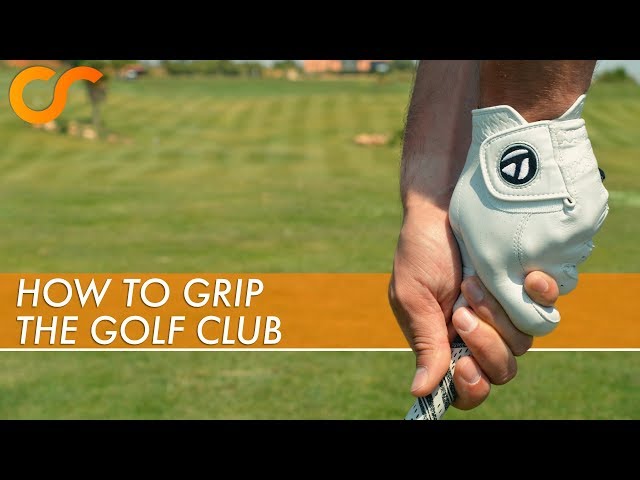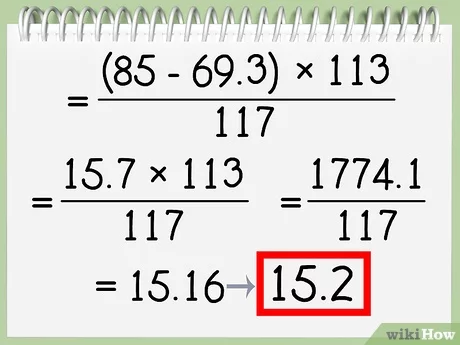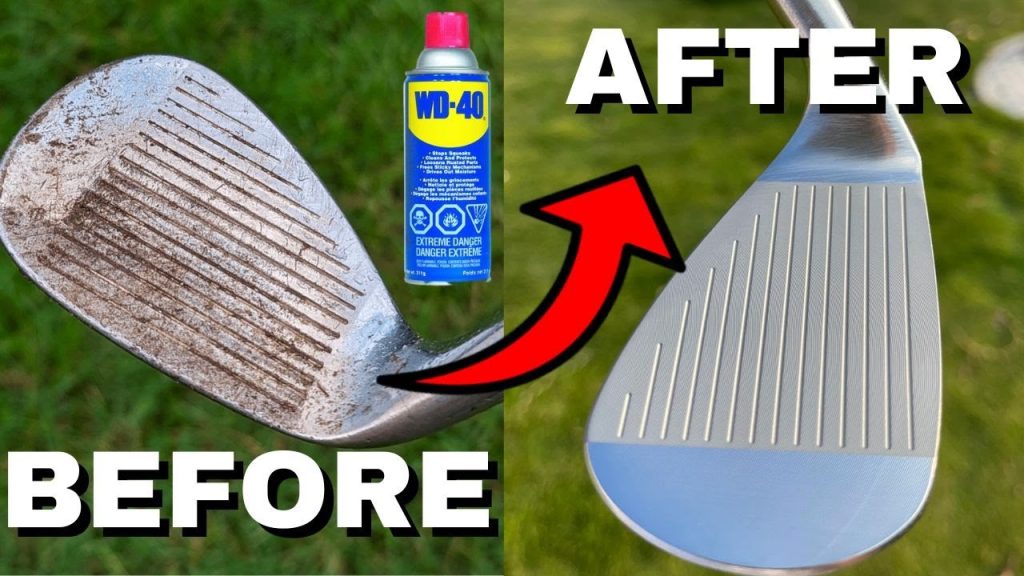Holding a golf club correctly is crucial. It improves your game significantly.
Whether you are new to golf or looking to fine-tune your skills, knowing how to hold a golf club is a fundamental step. A proper grip ensures better control, accuracy, and power in your swings. This blog will guide you through the essential techniques to hold a golf club correctly.
By mastering these basics, you can enhance your performance on the course. Golf is not just about strength; it’s about precision and technique. Understanding the right way to hold your club can make a huge difference. Ready to improve your golf game? Let’s dive in and learn how to hold a golf club the right way.

Credit: www.performforgolf.com
Introduction To Golf Grip
Learning how to hold a golf club is crucial for any golfer. The way you grip your club can affect your swing and overall performance. This guide will help you understand the basics of a proper golf grip.
Importance Of A Good Grip
A good grip ensures you have control over your golf club. It helps in achieving better accuracy and distance. Here are some key benefits:
- Improved control over the club.
- Better accuracy in your shots.
- Increased distance.
Having the correct grip also reduces the risk of injury. It helps in maintaining a consistent swing, which is vital for improving your game.
Common Grip Mistakes
Many beginners make mistakes while gripping the golf club. Here are some common errors:
| Mistake | Description |
|---|---|
| Gripping Too Tightly | This leads to tension in your arms and poor shots. |
| Incorrect Hand Position | Positioning hands wrongly affects the direction of the ball. |
| Weak Grip | A weak grip makes it difficult to control the club. |
Avoiding these mistakes can drastically improve your game. Focus on maintaining a relaxed and proper grip for the best results.
Types Of Golf Grips
Understanding the different types of golf grips is crucial. Each grip affects your swing and overall game. Choosing the right grip can improve your accuracy and power. Let’s explore the three main types of golf grips.
Overlapping Grip
The overlapping grip is also known as the Vardon Grip. This grip is popular among professional golfers. In this grip, the little finger of the right hand overlaps the index finger of the left hand. This grip helps in providing control and consistency.
- Good for players with larger hands.
- Helps in maintaining a unified grip.
Interlocking Grip
The interlocking grip is common among golfers with smaller hands. In this grip, the little finger of the right hand interlocks with the index finger of the left hand. This grip ensures a firm hold on the club.
- Ideal for players with smaller hands.
- Provides a secure connection between hands.
Ten-finger Grip
The ten-finger grip is also called the baseball grip. This grip is easy for beginners to learn. In this grip, all ten fingers are on the club, similar to holding a baseball bat. This grip allows for more freedom of movement.
- Best for beginners and juniors.
- Offers maximum leverage and control.
Choosing The Right Grip
The grip is the foundation of a good golf swing. Choosing the right grip can improve your swing and control. Let’s break down the essential aspects of finding the perfect grip for your game.
Hand Size Considerations
Your hand size plays a crucial role in selecting the right grip. A grip that is too large or too small can affect your swing. Here’s a simple table to guide you:
| Hand Size | Recommended Grip |
|---|---|
| Small | Undersize grip |
| Medium | Standard grip |
| Large | Midsize or oversize grip |
Measure your hand from the base of your palm to the tip of your middle finger. This measurement helps determine the right grip size. Using the correct size ensures better control and comfort.
Grip Pressure
Grip pressure is another key factor. Holding the club too tightly can restrict your swing. A loose grip, on the other hand, may cause the club to slip.
Follow these steps to find the right grip pressure:
- Hold the club with both hands.
- Squeeze the club as hard as you can.
- Gradually relax your grip until it feels comfortable.
A good rule of thumb is to grip the club with the same pressure you’d use to hold a tube of toothpaste without squeezing it. This ensures you maintain control without tension in your hands and arms.
Remember, the right grip can make a significant difference in your game. Experiment with different sizes and pressures to find what works best for you.

Credit: www.wikihow.com
Proper Hand Placement
Learning to hold a golf club correctly is essential for improving your game. Proper hand placement ensures better control and accuracy. Let’s break down the steps to position each hand correctly on the golf club.
Positioning The Left Hand
First, place the club in your left hand. The club should rest diagonally across your fingers. Ensure the handle runs from the base of your little finger to the top of your index finger. Wrap your fingers around the grip. Your left thumb should rest slightly right of center on the grip. The “V” formed by your thumb and index finger should point toward your right shoulder.
Positioning The Right Hand
Next, bring your right hand to the club. Place the club in your fingers, not your palm. Your right pinky finger should rest between the index and middle fingers of your left hand. This is called the interlocking grip. Alternatively, rest your right pinky finger on top of the left index finger. This is known as the overlapping grip. Wrap your right fingers around the club. Your right thumb should rest slightly left of center on the grip. The “V” formed by your right thumb and index finger should also point toward your right shoulder.
Grip Alignment
Grip alignment is essential for a good golf swing. A proper grip can improve accuracy and consistency. Let’s explore how to align your grip correctly.
Checking Your V’s
Checking your V’s is crucial for grip alignment. Look at your hands. The V’s formed by your thumb and index finger should point to your right shoulder. This alignment helps control the clubface. Practice this until it feels natural.
Finger Placement
Finger placement affects your grip’s strength and control. Place the club in your fingers, not your palms. This allows for better wrist action. Your left hand should grip the club first. Then, place your right hand below it. Ensure your fingers wrap around the club comfortably.

Credit: www.youtube.com
Adjusting For Different Clubs
Adjusting your grip for different golf clubs can significantly improve your game. Different clubs require unique handling for better control and performance. Here’s how to adjust your grip for a driver and an iron.
Driver Grip
When using a driver, your grip plays a crucial role in distance and accuracy. Follow these steps for an effective driver grip:
- Hold the club in your left hand (for right-handed golfers), with the clubface square.
- Place the club diagonally across your fingers, not in the palm.
- Wrap your fingers around the grip, with the thumb pointing down the shaft.
- Use your right hand to cover the left thumb, forming a “V” shape between your thumb and index finger.
- Ensure the “V” points towards your right shoulder.
- Keep your grip firm but relaxed to avoid tension.
Following these steps can help you achieve a consistent and powerful driver swing.
Iron Grip
Gripping an iron properly can enhance precision and control. Here’s how to adjust your grip for irons:
- Start by holding the club in your left hand, ensuring the clubface is square.
- Position the club across your fingers, similar to the driver grip.
- Wrap your fingers around the grip and place your thumb along the shaft.
- Cover the left thumb with your right hand, creating a “V” shape with your thumb and index finger.
- Ensure the “V” points between your chin and right shoulder.
- Maintain a comfortable and controlled grip to boost your accuracy.
Adopting the correct grip for irons will lead to better shots and more control over the ball.
| Grip Type | Driver | Iron |
|---|---|---|
| Clubface Position | Square | Square |
| Grip Placement | Across fingers | Across fingers |
| Thumb Position | Down the shaft | Along the shaft |
| V Shape Direction | Right shoulder | Between chin and right shoulder |
| Grip Tension | Firm but relaxed | Comfortable and controlled |
Maintaining Your Grip
Maintaining your grip is crucial for a consistent golf swing. A proper grip ensures better control, accuracy, and power. It’s not just about how you start but also how you keep your grip steady throughout your game.
Regular Practice
Practice holding the club regularly. This helps your muscles remember the correct grip. Spend a few minutes each day holding the club. Focus on your hand placement and pressure. Practice with a relaxed but firm grip.
Grip Check Routine
Develop a routine to check your grip. Before each shot, ensure your hands are in the right position. Check that your grip pressure is consistent. Your routine should be quick but thorough. This helps maintain consistency and confidence.
Common Grip Issues And Fixes
Knowing how to hold a golf club is essential for improving your game. Many players struggle with grip issues, which can affect their swing and accuracy. This section will cover common grip issues and how to fix them. Let’s dive into the specifics of weak and strong grip corrections.
Weak Grip Correction
A weak grip occurs when the hands are rotated too far to the left on the club. This can result in slices and a lack of control.
To correct a weak grip:
- Ensure the V-shape formed by your thumb and index finger points towards your right shoulder.
- Check that you can see two knuckles on your left hand when looking down.
- Adjust your right hand to match the left hand’s position.
These small changes can help you gain better control over your shots.
Strong Grip Correction
A strong grip is when the hands are rotated too far to the right on the club. This can lead to hooks and inconsistent shots.
To fix a strong grip:
- Ensure the V-shape formed by your thumb and index finger points towards your chin.
- Check that you can see only one knuckle on your left hand.
- Rotate your right hand to match this new position.
Making these adjustments can help you improve your accuracy and consistency.
Advanced Grip Techniques
Understanding advanced grip techniques can take your golf game to the next level. These techniques help you control the club and improve your swing. Let’s dive into three key grip styles: Neutral Grip, Strong Grip, and Weak Grip.
Neutral Grip
The neutral grip is the most common grip used by golfers. Place your left hand on the club with the thumb pointing down. Position the right hand so it wraps around the club. The thumbs should form a “V” shape pointing towards your right shoulder. This grip offers a balance between control and power.
Strong Grip
The strong grip positions both hands more to the right. Rotate your left hand clockwise until you can see three knuckles. Move your right hand to match. This grip helps to close the clubface, reducing slices. It provides more power but requires control to avoid hooking the ball.
Weak Grip
The weak grip turns both hands to the left. Rotate your left hand counter-clockwise until you see one knuckle. Place your right hand to match. This grip helps to open the clubface, promoting a fade. It offers more control but less power, suitable for finesse shots.
Conclusion And Tips
Holding a golf club the right way can change your game. It can make your shots more accurate and powerful. As we wrap up this guide, let’s go over the key points and share some final tips for a consistent grip.
Recap Of Key Points
We covered several important steps to hold a golf club correctly. First, placing the club in your fingers, not your palms, is key. Next, the V-shape formed by your thumb and index finger should point towards your right shoulder. Your grip pressure should be firm but relaxed. A light grip allows for a smoother swing. Finally, make sure both hands work together in harmony.
Final Tips For Consistent Grip
Practice your grip daily, even without hitting balls. Consistency comes with repetition. Use a mirror to check your hand positions. This visual feedback helps you correct mistakes. Wear a glove if your hands get sweaty. It helps maintain a firm grip. Check your grip before every shot. This ensures you don’t fall into bad habits.
Remember, a good grip is the foundation of a good swing. Keep practicing, and soon it will feel natural. Happy golfing!
Frequently Asked Questions
What Is The Proper Way To Grip A Golf Club?
The proper way to grip a golf club involves positioning your hands correctly. Place your left hand on top, and your right hand below. Ensure your grip is firm but not too tight.
How Tight Should You Hold A Golf Club?
You should hold the golf club with a relaxed grip. It should be firm enough to control the club but not so tight that it restricts your swing.
What Is The Vardon Grip In Golf?
The Vardon grip, also known as the overlapping grip, is popular among golfers. The pinkie of your right hand overlaps the index and middle fingers of your left hand.
How Does Grip Affect Golf Swing?
Your grip greatly affects your golf swing. A proper grip ensures better control and accuracy. It helps in achieving consistent shots and preventing slices or hooks.
Conclusion
Holding a golf club correctly is essential for a better game. Practice the proper grip often. Feel the club in your hands. Adjust your grip if needed. Ensure comfort and control. This can improve your swings and shots. Remember, consistency is key.
Keep practicing and refining your grip. With time, it becomes natural. Enjoy the game and have fun!



